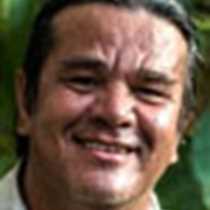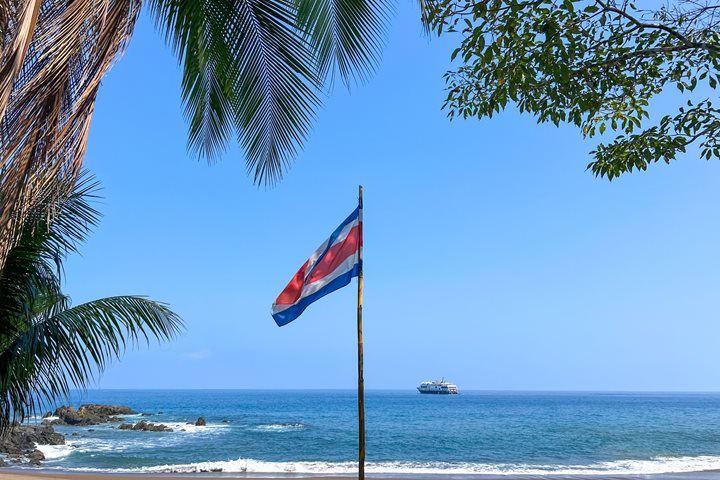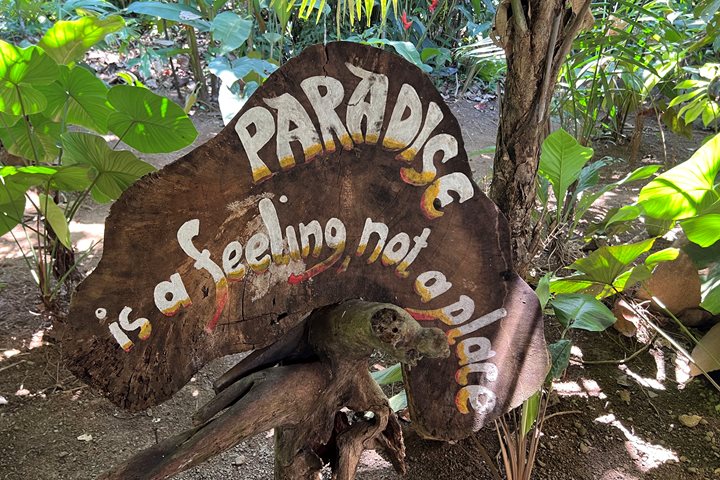Today we had the opportunity to visit the Bona islet. This area is part of a rich marine ecosystem where the upwelling process creates a big amount of nutrients that holds a vast population of seabirds such as brown boobies, magnificent frigate birds, and brown pelicans among others. These graceful and elegant birds of coastal skies use the rocky surface of the islets to nest in good numbers and at the same time the fly across the zodiacs to impress the nature photographers with their beauty. It was now time to continue with our crossing through the Panama Canal where guest will enjoy and learn about this engineering wonder. Later on, guests were invited to share a delicious cocktail and eat some ceviche dish while enjoying the first set of locks called Miraflores. Tonight our goal is to reach the interior of the Gatun Lake as we finish with the first part of our transit through the Panama Canal.
3/20/2025
Read
National Geographic Quest
Caletas Private Reserve and Corcovado National Park
Over five days ago, we began our journey in Panama and now we’re on our last day in Costa Rica. We decided to explore one of the most important areas in terms of biodiversity, the Osa Peninsula. The Osa Peninsula is home to approximately 4% of the biodiversity in the world. For many years, people tried to mine the area because it is very rich in minerals, specifically gold. Over thirty years ago the government of Costa Rica decided to promote the country as a tourist destination and today it is a pioneer of sustainability in Central America. We began our morning activities offering different options for our guests. The first activity was a coastal walk, and some had the opportunity to see a boa, a white-throated capuchin monkey, and a mantled howler monkey. In the afternoon, part of our group chose to go for a waterfall hike led by our naturalists, and they finished at a swimming hole where they took time to relax and enjoy themselves. Other guests took the long Pargo trail where they saw a Central American spider monkey, and a tapir, one of the most difficult animals to see in the tropics. We finished our day with an amazing sunset from the bow of the National Geographic Quest , a great end to a great day.









